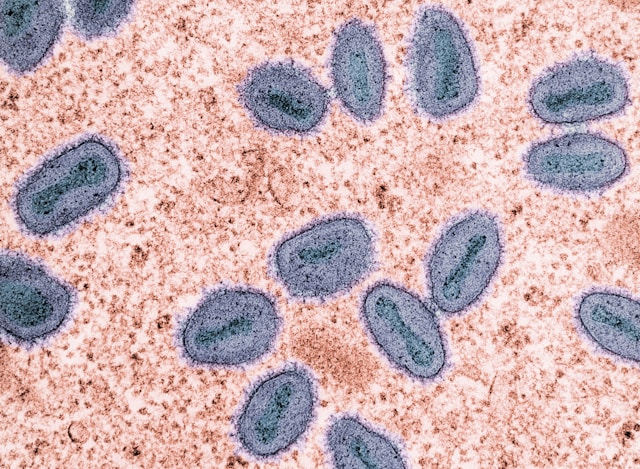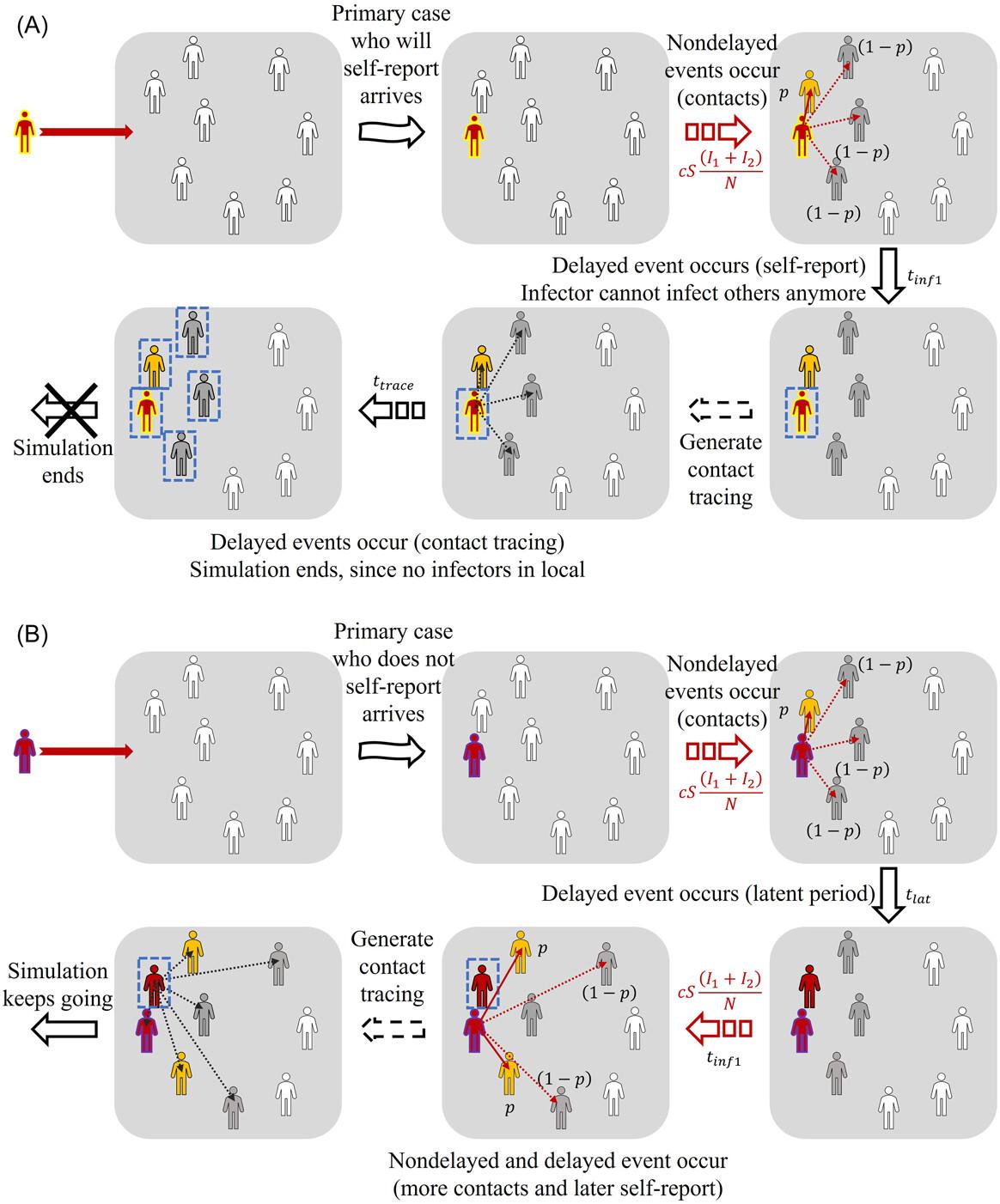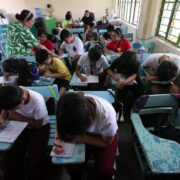UP mathematicians develop algorithm to simulate monkeypox spread and raise awareness

In a major stride towards enhancing global epidemic preparedness, Drs. Victoria May Mendoza and Renier Mendoza of the UP Diliman College of Science Institute of Mathematics (UPD-CS IM) have provided key findings on the dynamics of monkeypox spread. In collaboration with South Korean researchers, the team developed an innovative algorithm to investigate the pivotal role of self-reporting and contact tracing in the early stages of monkeypox transmission via simulations.
Their findings, published in the Journal of Medical Virology, showcased that the most crucial element affecting the size of an outbreak and its potential duration is the behavior of the primary case – that is, the infected person carrying disease into a community, and whether or not they report their status for medical attention.
To study this scenario and the other factors affecting the potential outbreak of monkeypox in a non-endemic country, the team used a mathematical model based on Gillespie’s stochastic chemical kinetics.

Stochastic models are quantitative techniques that take into account random variables when predicting possible outcomes. While these have commonly been used to analyze the effects of other infectious diseases, this marked the first time that a stochastic model was used to simulate the spread of monkeypox in a non-endemic country.
In this manner, their algorithm considered random fluctuations in human behavior and subsequent delayed contact tracing. They then set up eight scenarios for their study, running 100,000 simulations in each to better understand the significance and impact of the primary case’s self-reporting or lack thereof.
Through these simulated outbreaks, they projected the average numbers of infected individuals depending on whether the primary case self-reported or not. In the scenario wherein the primary case self-reported, the number of infected individuals only increased by 11 percent.
But in the scenario wherein the primary case did not self-report, thereby further delaying contact tracing, the number of infected individuals increased by up to 40 percent.
The large difference in results served as both clear evidence and cautionary tales of the dangers of unreported cases. By understanding the impact of the primary case’s and infectees’ behavior, the study provides a more intuitive analysis that healthcare authorities may use as guiding information in the management and detection of possible monkeypox outbreaks in the future. Maria Alexandra Marmol















